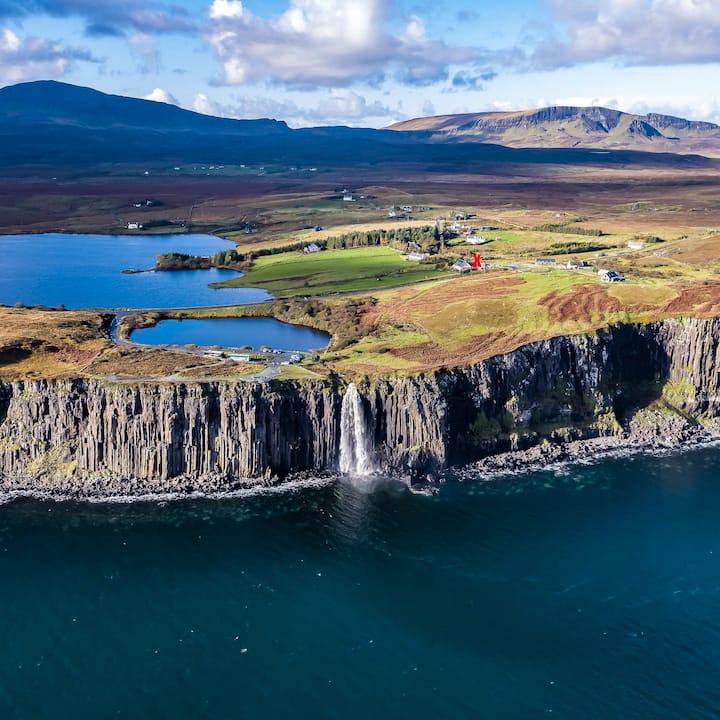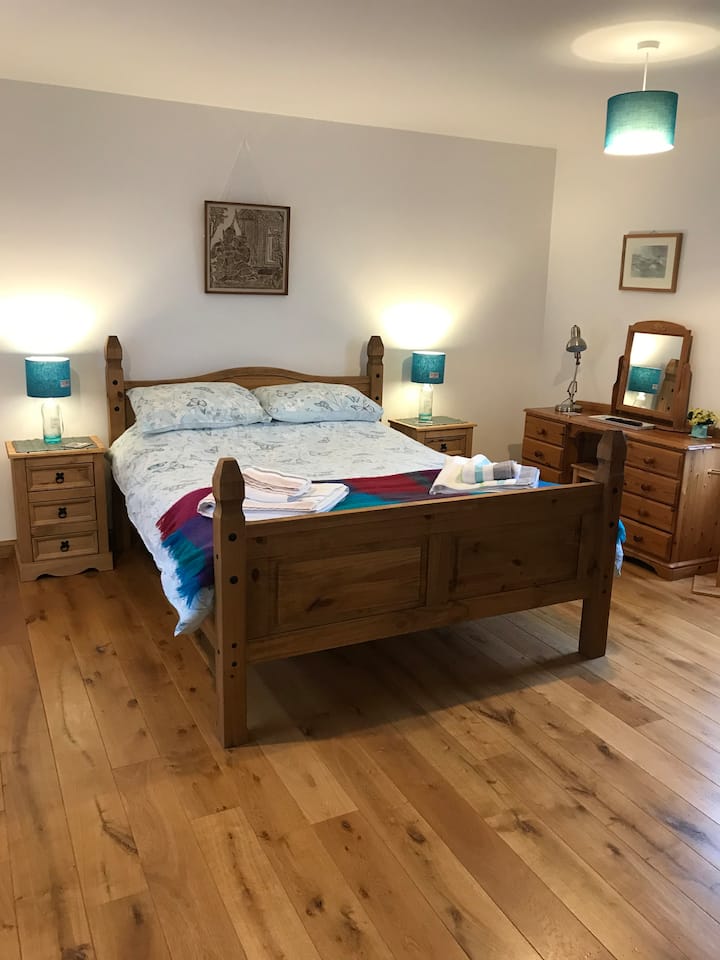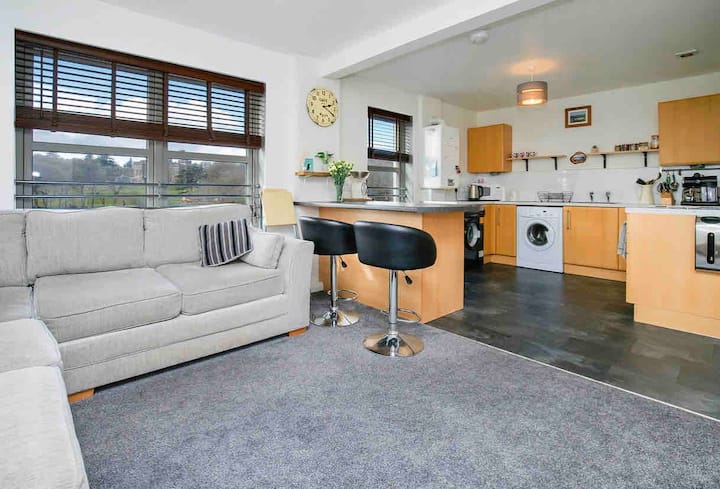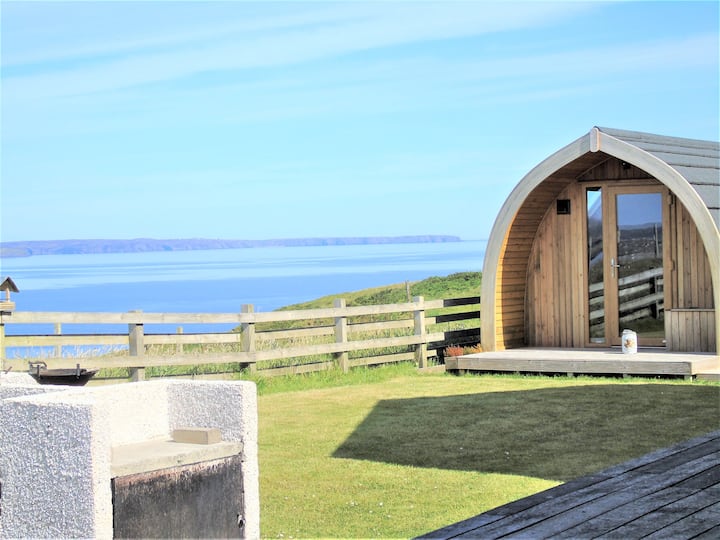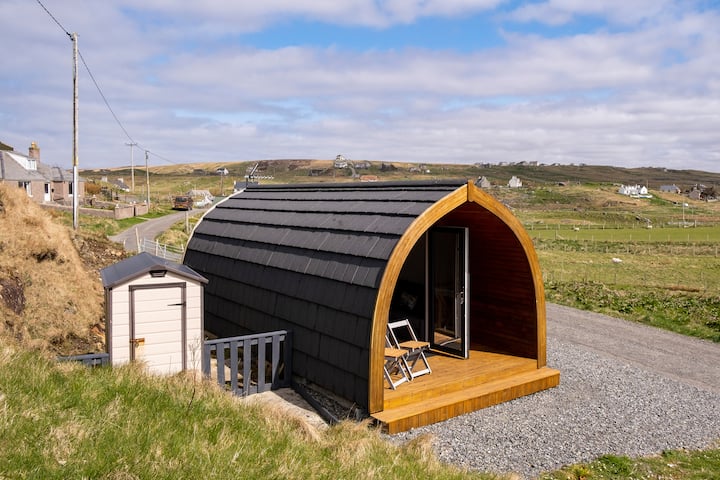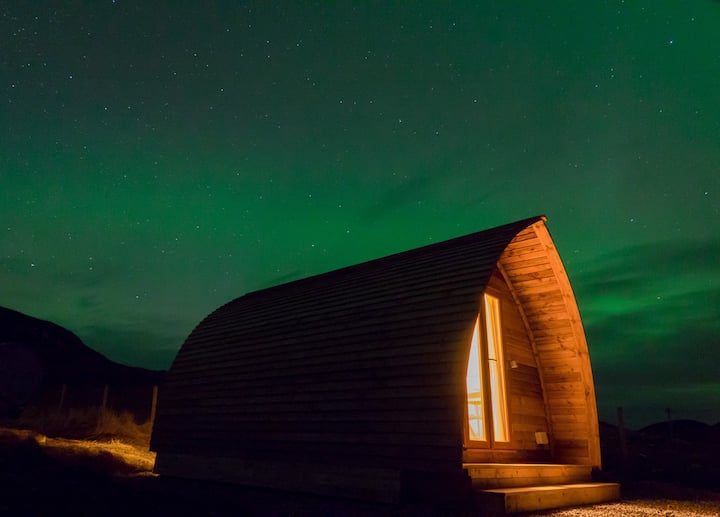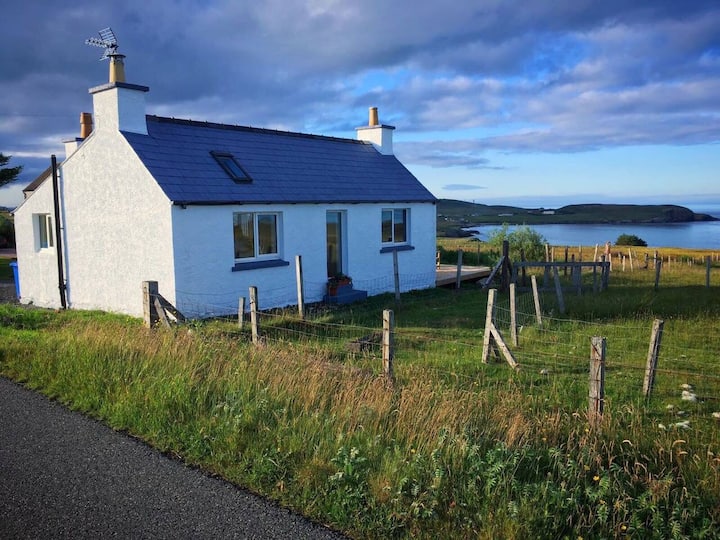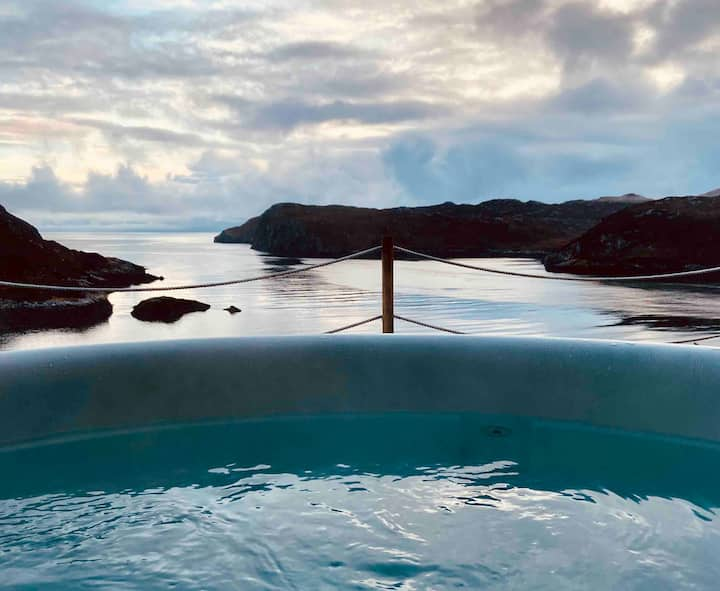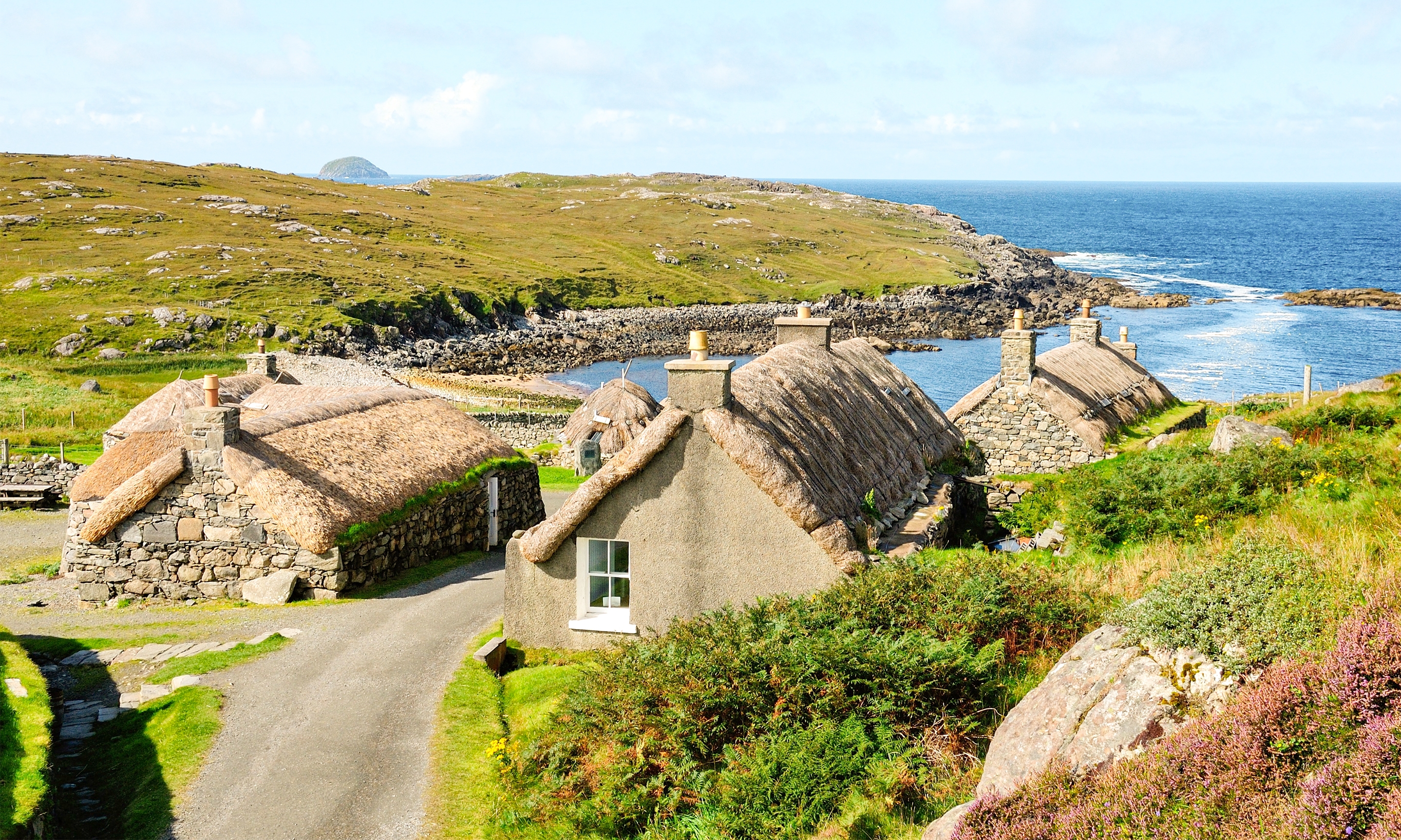
Holiday rentals in Isle of Lewis
Find and book unique accommodation on Airbnb
Top-rated holiday rentals in Isle of Lewis
Guests agree: these stays are highly rated for location, cleanliness and more.
Holiday rentals for every style
Get the amount of space that is right for you
Popular amenities for Isle of Lewis holiday rentals
Other great holiday rentals in Isle of Lewis

Flat in Timsgearraidh
5.0 out of 5 average rating, 75 reviewsUig Sands Rooms Luxury Apartment
5–12 Oct

Guest suite in Carloway
4.99 out of 5 average rating, 96 reviewsA' Bhuail' a Tuath (The North Field)
25 Nov – 2 Dec

Tiny home in Isle of Lewis
4.98 out of 5 average rating, 59 reviewsCosy & bright Wee (small) house in my Garden.
22–29 Sept
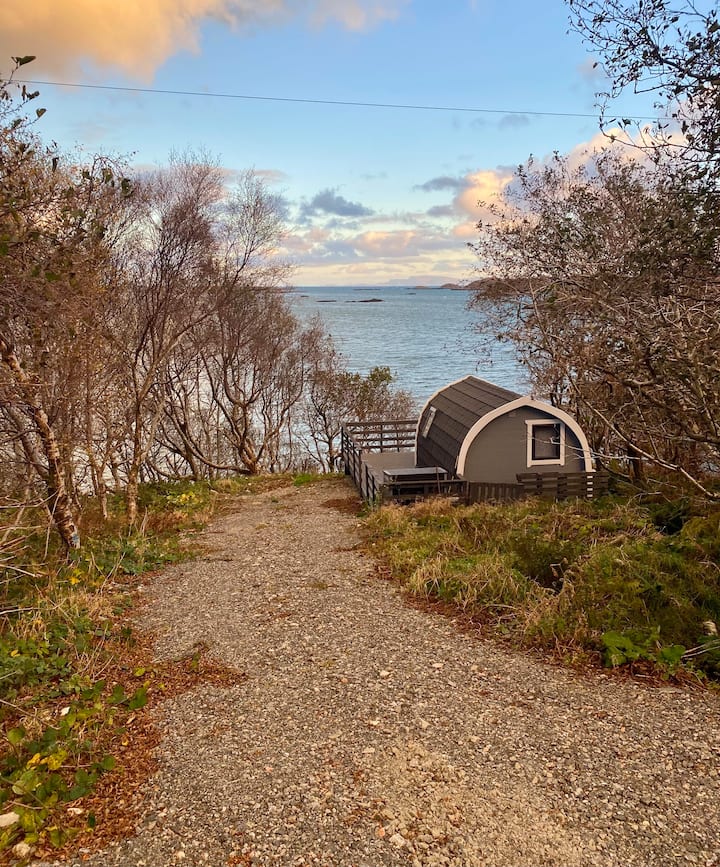
Tiny home in Na h-Eileanan an Iar
5.0 out of 5 average rating, 8 reviewsCuan Na Hearadh Pod
29 Nov – 6 Dec

Home in Na h-Eileanan an Iar
4.91 out of 5 average rating, 81 reviewsTigh na Beart is a cosy all year round retreat
17–24 Feb
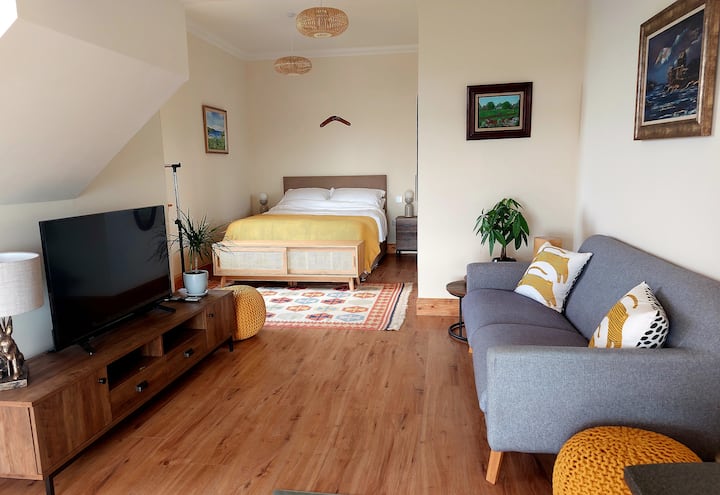
Guest house in Branahuie
4.97 out of 5 average rating, 62 reviews‘Seaforth’ - A Hebridean getaway with sea view!
27 Oct – 3 Nov

Holiday home in Borve
5.0 out of 5 average rating, 48 reviewsNEW! Home on the edge of the Ocean
9–16 Feb

Cabin in Uig
5.0 out of 5 average rating, 13 reviewsHeb Pods - South Pod
4–11 Oct
Your guide to Isle of Lewis
All About Isle of Lewis
Situated off the northwest coast of Scotland, the Isle of Lewis is an enchanting region in the Na h-Eileanan an Iar, or the Western Isles, where rolling grassy hills and jagged cliffs frame turquoise waters and white sandy beaches. Despite its name, the Isle of Lewis is not a separate island but forms part of a larger island with Harris in the Outer Hebrides. It is a sparsely populated region with its town, Stornoway, and most of its villages dotted around the coastline. The central area comprises the Lewis Peatlands, a plateau containing a vast swathe of peat, which is still used by the local community for heating.
Visitors can explore the dramatic seascapes of the island, taking in striking cliffs and rock formations, sheltered coves, and exquisite beaches, including Uig and Valtos beaches. The Lewis villages appear locked in time with a strong sense of community spirit, with Gaelic freely spoken and traditional Celtic music celebrated. The windswept landscapes here show traces of the past, from the 5,000-year-old Calanais Standing Stones to hilltop Dun Carloway Broch from the Iron Age. The Blackhouse in Arnol dates from the late 1800s, while the Lewis Chessmen in the Museum nan Eilean are evidence of the island’s Viking past.
The best time to stay in a holiday rental in Isle of Lewis
Spring can be wet, so make sure you’re prepared for windy coastal walks with a waterproof coat and sturdy shoes. Most visitors book holiday cottages here for May through August, when temperatures are higher and the daylight hours are longer for walking around the coastline. Many local events occur during this time, like an international film festival that takes place throughout the Hebrides over a week in July. Also in July, the four-day Hebridean Celtic Festival in front of Lews Castle in Stornoway is one of the largest festivals on the island. Late summer sees carpets of heather light up the landscape, and you’ll notice birds starting their migration overhead in the autumn as evenings get gradually cooler and darker. Although temperatures are more comfortable from spring through to autumn, rapidly changing conditions mean that you’ll always be glad of at least a light jacket, and winds can be fierce along the coast.
The days are much shorter in the winter, with stronger winds and higher rainfall coming in from the Atlantic. The longer nights are celebrated in February when the Hebridean Dark Skies Festival is held, taking advantage of the low levels of light pollution in the area, and you might even be lucky enough to catch a glimpse of the northern lights. Be aware that Stornoway is a deeply religious town, with most businesses closed on Sundays.
Top things to do in Isle of Lewis
Uig Sands
On the west coast of the Isle of Lewis is one of the most spectacular beaches in the region, Uig Beach. The word “Uig” is Norse for “bay,” and the area boasts a huge bay area with a wide expanse of sand set against a backdrop of rolling green mountains and surrounded by captivating rock formations. The region is known for being the site of one of the greatest archaeological finds in the area, as the Lewis Chessmen were discovered here in 1831.
Calanais Stone Circle
About a half-hour west of Stornoway are the Calanais Standing Stones, which date between approximately 2900 and 2600 BC. A 4.8-metre stone monolith stands in the centre, with 13 smaller stones surrounding it and more stones scattered around the area. The site has a visitor centre, cafe, and an exhibition called “Story of the Stones,” where you can discover the various theories behind this Neolithic monument.
Museum nan Eilean
The first Gaelic-led museum in the United Kingdom, Museum nan Eilean was built in 2016 in a modern glass building next to Lews Castle in Stornoway. It explores life over millennia in the Outer Hebrides, with six of the Lewis Chessmen at its heart. The museum also includes personal accounts from Hebridean residents about their unique lives here.
Destinations to explore
- Portree Holiday rentals
- Ullapool Holiday rentals
- Harris Holiday rentals
- Outer Hebrides Holiday rentals
- Stornoway Holiday rentals
- Lewis and Harris Holiday rentals
- Durness Holiday rentals
- Belfast Holiday rentals
- Glasgow Holiday rentals
- Scottish Highlands Holiday rentals
- Skye Holiday rentals
- Newcastle upon Tyne Holiday rentals
- Cottage rentals Isle of Lewis
- Rentals with breakfast Isle of Lewis
- Bungalow rentals Isle of Lewis
- Pet-friendly rentals Isle of Lewis
- Family-friendly rentals Isle of Lewis
- Rentals with lake access Isle of Lewis
- Family-friendly rentals Isle of Lewis
- Beachfront rentals Isle of Lewis
- Rentals with a fireplace Isle of Lewis
- Monthly Rentals Isle of Lewis
- Rentals with a firepit Isle of Lewis
- Rentals with a washing machine and dryer Isle of Lewis
- Rentals with outdoor seating Isle of Lewis
- Rentals with beach access Isle of Lewis
- Flat rentals Isle of Lewis
- Yurt Rentals United States
- Yurt Rentals United Kingdom
- Castle Rentals United States
- Houseboats United States
- Holiday Caravans United Kingdom
- Private Island Rentals United States
- Farm Houses United States
- Farm Cottages United Kingdom
- Cabin Rentals Australia
- Luxury Cabins United Kingdom
- Luxury Cabins United States
- Holiday Chalets United Kingdom
- Cottage Rentals United States
- Holiday Cottages United Kingdom
- Mansion Rentals United States
- Villa Rentals United Kingdom
- Holiday Bungalows United Kingdom
- Bungalow Rentals United States
- Condo Rentals United States
- Holiday Apartments Australia
- Holiday Houses United States
- Holiday Houses United Kingdom
- Private Holiday Rentals United Kingdom
- Big House Rentals United States
- Big Cottages Australia
- Large Villas United Kingdom
- House Rentals with a Pool United States
- Cabin Rentals with a Pool United States
- Villas with a Pool United Kingdom
- Apartments with a Hot Tub United States
- Holiday Cottages with a Hot Tub United Kingdom
- Beach Cabins United States
- Beach Condos United States
- Beachfront Rentals United States
- Beach Houses United Kingdom
- Beach Villas United Kingdom
- Coastal Cottages United Kingdom
- Pet-Friendly Vacation Rentals United States
- Pet-Friendly Beach Rentals United States
- Pet-Friendly Cabin Rentals United States
- Dog-Friendly Cottages United Kingdom
- Luxury Dog-Friendly Cottages United Kingdom
